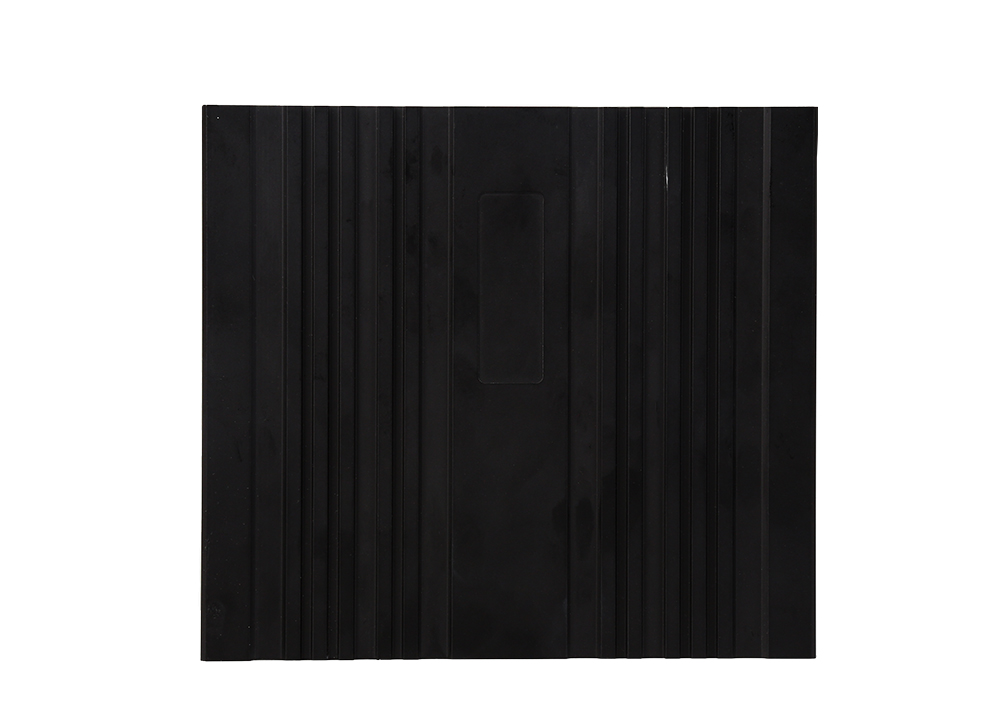Time:2023-05-10 Preview:
Shaft control function: This function refers to the number of axis that can be controlled by CNC and at the same time. There are moving shafts and rotating shafts for the axis of CNC machine tools, with basic shafts and additional axes. General CNC lathes only need 2 control shafts at the same time. CNC milling machines, CNC machines and machining centers need 3 or more control shafts. At the same time, the number of axis controlled at the same time can be 2 axes or 3 axes. CNC machine tools in the processing space surface require more than 3 control shafts. The more the number of control shafts, the more the CNC controller is more complicated, and the more complicated the CNC controller is, the more difficult it is to prepare the parts of the multi -axis linkage.

2. Preparation function: The preparation function is also called the G function. It is used to instruct the function of the machine tool movement, including basic movement, plane selection, coordinate settings, knife compensation, fixed cycle, and Mi -Ying system conversion. Use G and the two -digit number behind it.
3. Interpolation function: CNC is the trajectory of the tool movement through software interpolation. Due to the strong real time when contouring continuous control, the calculation speed of software interpolations is difficult to meet the requirements of CNC machine tools for feed speed and resolution, as well as requiring CNC to continuously expand other aspects of functions and reduce the CPU time occupied by the interpolation calculation. Essence Therefore, the interpolation function of CNC is actually divided into rough interpolation and fine interpolation. Each small segment data of the software is called rough interpolation. The private server interface is divided into a single pulse according to the result of rough interpolation. Output is called fine insertion.
Most of the parts of the parts processing parts are composed of straight lines and arcs, which are composed of more complex curves. Therefore, there are straight lines, arcs, parabolic, sine, cylinders, and samples. There are point -by -point comparison methods, digital integration method direct function computing algorithms, etc. Input function, according to the requirements of the mechanical processing process, the feed function of the CNC uses F direct instruction of the feed speed of each axis of the axis of the CNC machine tool
 Related News
Related News·CNC: Enhancing Competitiveness for Your Business ·What processing processes will be used when the CNC processing plant is made of aluminum materials? ·How to choose the Longmen Processing Center (Longmen Milling Bed)? ·Equipment characteristics and daily maintenance of CNC tooth rolling machine ·CNC small batches of processing to reduce noise to reduce noise ·CNC lathe processing process division ·CNC maintenance ·What are the main objects for CNC lathe? ·Talk about the shortcomings of CNC vertical processing center ·The basic elements of common sense in Longmen Processing Center


